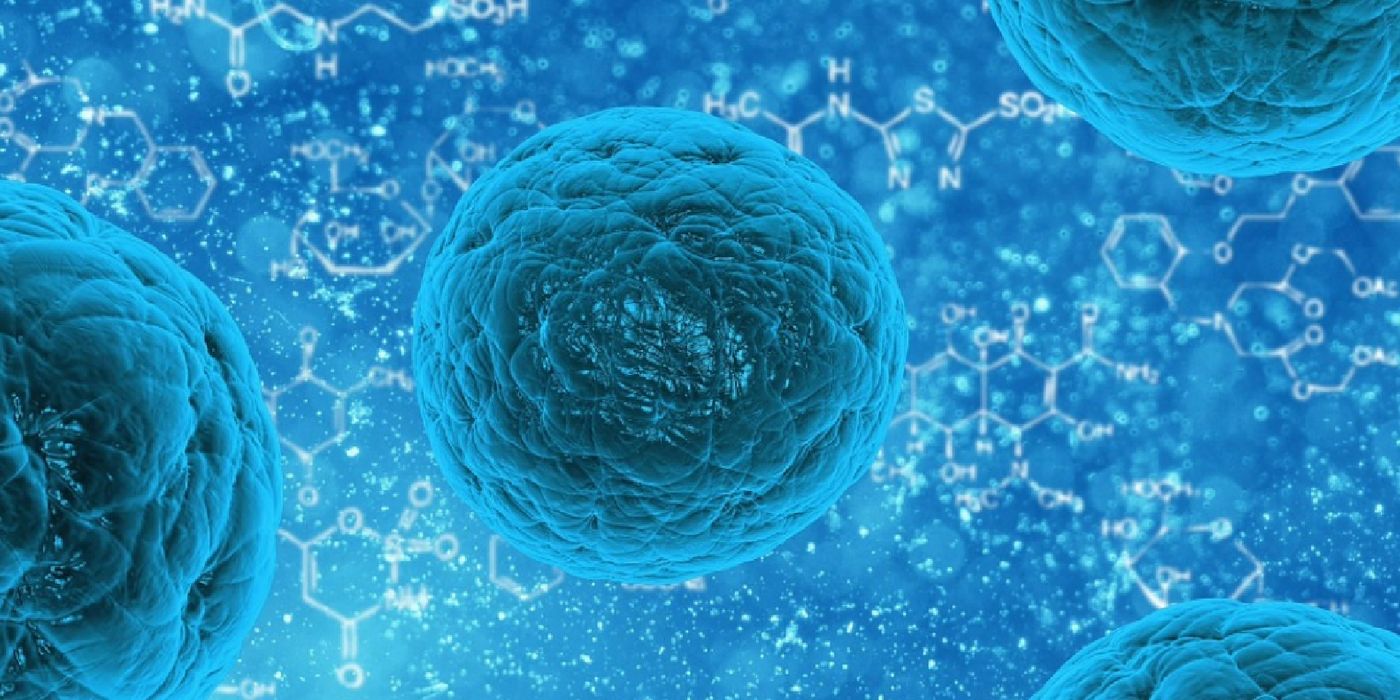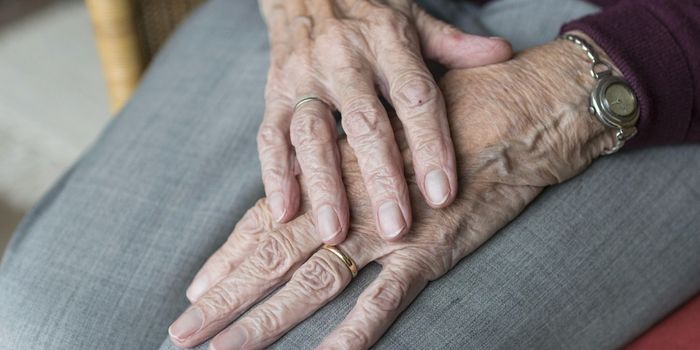Counter-Intuitive Treatment Kills More Breast Cancer Cells

Survival of the fittest has a generally positive connotation. After all, this evolutionary principle is the driving force behind how our species got to be so advanced. But in terms of cancer, survival of the fittest could mean aggressive cancer cell populations that are especially lethal because they’ve adapted to be resistant to drugs.
To improve treatment outcomes, researchers at the Moffitt Cancer Center are experimenting with a new strategy that may seem counter-intuitive. Instead trying to wipe out the entire cancer cell population in one go, the team is attempting to eradicate cancer slowly, steadily, and completely. This new method is termed “adaptive therapy,” and is based on evolutionary principles of adaptation.
In standard cancer treatments, doctors administer chemotherapy drugs at the maximum dose a patient can tolerate. This high dose effectively kills chemo-sensitive cancer cells, but it also acts to select for the strongest and most drug-resistant cancer cells. These chemo-resistant cells are among oncologists’ worst nightmare, as they’ve become immune to therapies.
“There is a natural tendency to use high-dose therapy based on the assumption that each patient receives maximum benefit by killing as many cancer cells as possible. However, according to evolutionary principals, high-dose therapy is the least likely to be successful in controlling the tumor for any length of time because it intensely selects for resistant cells and allows them to grow rapidly because the treatment has eliminated all of their competitors,” said Robert Gatenby, senior study author and leader of the Cancer Biology & Evolution Program at Moffitt.
To circumvent selection of these chemo-resistant cancer cells, researchers at the Moffitt Cancer Center used short bursts of therapy that kills cancerous cells without selective pressure. The strategy, tested first with mathematical models, maintains a steady population of chemo-sensitive cells, which prevent the chemo-resistant cells from taking over.
The team demonstrated the logic of this new therapy in mouse models of triple negative and ER+ breast cancer. These mice were separated into three groups and treated with different dosing strategies of paclitaxel. The first group received the maximum standard dose (ST), the second group received an adaptive-therapeutic dose (AT-1) where paclitaxel dose decreased as the tumor shrank, and the third group received a modified adaptive-therapeutic dose (AT-2), in which doses were skipped as the tumor responded.
They found that the best outcome were mice treated with the AT-1 therapy, in which they adapted lower paclitaxel doses in response to the tumor shrinking. Mice in this group had sustained tumor remission, while the tumors in the other treatment reverted to growing again after briefly decreasing. AT-1 mice had the longest survival outcomes.
“It is hard to get people to think of an alternative approach in which less therapy might actually be more effective over time. We want to try to work with evolution rather than letting evolution be a source of our defeat," explained Gatenby.
The adaptive treatment strategy is now being assessed in clinical trial for prostate cancer, a disease also known for high rates of drug-resistance.
Sources: Science Translational Medicine, Moffitt Cancer Center








